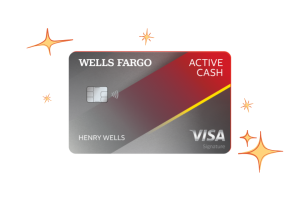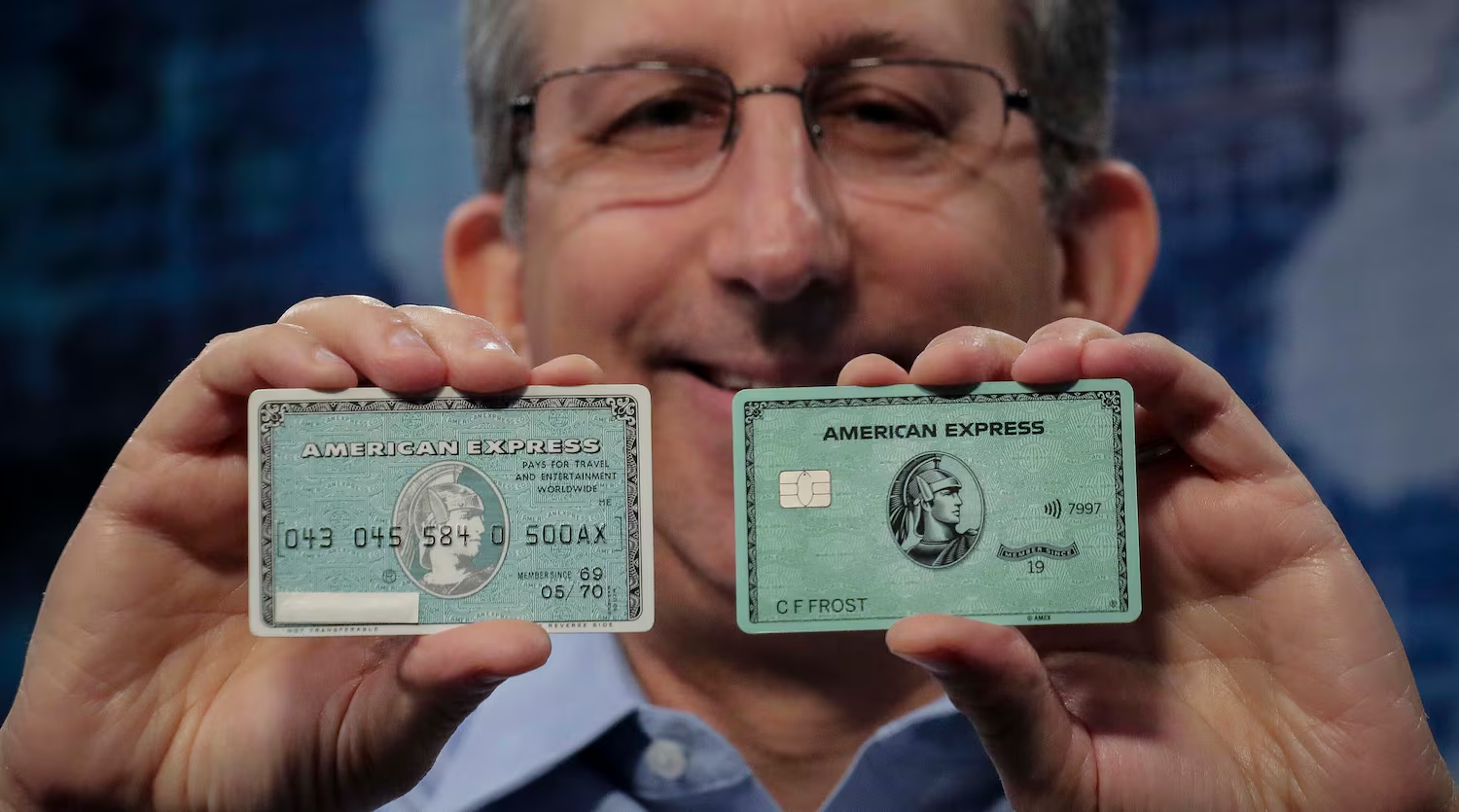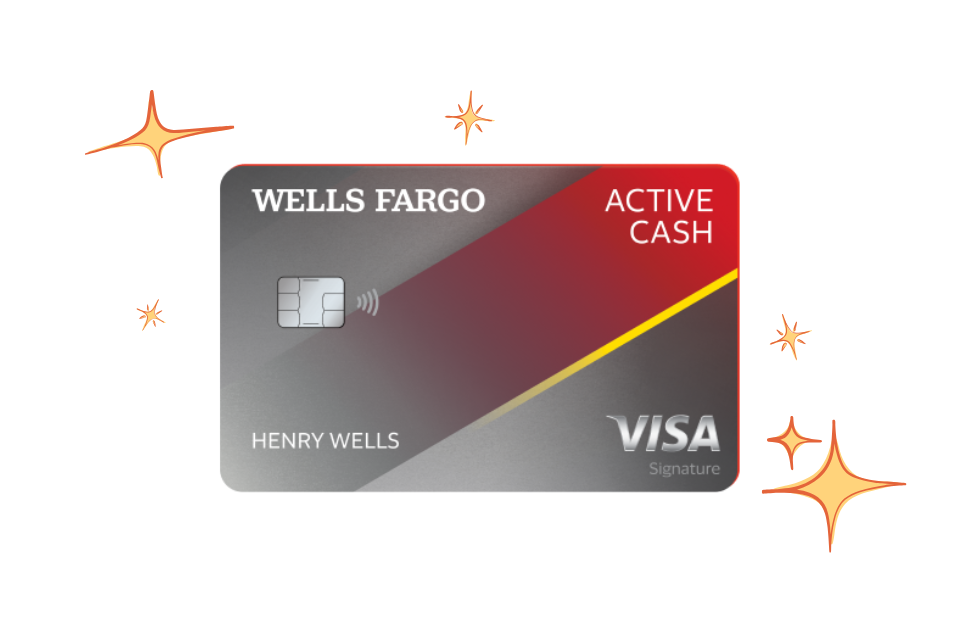Walk through an airport terminal or scroll through your favorite retailer’s checkout page, and you’ll likely see them everywhere: credit cards plastered with the logo of an airline, a hotel chain, or a specific store. These are “co-branded” cards – a partnership between a bank and another company, designed to get you hooked on rewards and perks tied specifically to that brand. They look enticing, promising bonus miles, hotel points, or store discounts. But when the rubber meets the road, are these cards genuinely a smart addition to your wallet, or are they just trying to funnel your spending into one place?
Choosing a co-branded card means aligning your spending with a specific brand in exchange for loyalty benefits. It’s a strategic move, but one that requires a careful look at your own habits and how much value you’ll actually get from being tied to one company. Let’s dissect the world of co-branded plastic and see if they live up to the hype for your typical purchases in the US.
What Makes a Card “Co-branded”?
Simple enough: it’s a credit card issued by a bank (like Chase, Amex, Capital One, etc.) that also carries the brand of another company (like Delta Airlines, Marriott Bonvoy, Amazon, etc.). When you use the card, you’re earning rewards within that brand’s loyalty program or getting specific benefits when interacting with that brand.
The major players in the co-branded game in the US are:
- Airlines: Think Delta SkyMiles Amex cards, United MileagePlus Chase cards, American Airlines AAdvantage Citi cards, etc.
- Hotels: Examples include Marriott Bonvoy Chase/Amex cards, Hilton Honors Amex cards, Hyatt World of Hyatt Chase cards.
- Retailers: Store cards like the Amazon Prime Visa, Target RedCard, or cards for specific department stores.
The Allure: What Co-branded Cards Promise
These cards are designed to be attractive to loyal customers of the partner brand. Their main selling points often include:
- Accelerated Rewards: You often earn extra points, miles, or cashback when you spend directly with the co-branded partner (e.g., buying flights on Delta, staying at Marriott hotels, shopping on Amazon).
- Brand-Specific Perks: This is a big one. Airline cards might offer free checked bags, priority boarding, or discounts on in-flight purchases. Hotel cards often provide automatic elite status, free night certificates, or bonus points on stays. Retailer cards usually give discounts on purchases or special financing offers.
- Sweet Welcome Bonuses: Similar to travel cards, co-branded cards frequently dangle large welcome bonuses (miles, points, or statement credits) to new cardholders after meeting an initial spending requirement. These bonuses are often geared towards value with the partner brand.
- Pathways to Elite Status: Spending a certain amount on some co-branded cards can help you earn or maintain elite status within the partner’s loyalty program, unlocking even more benefits.
Are They Really Advantageous for Your Everyday Spending?
This is the critical question. Co-branded cards can be highly advantageous, but usually only if your spending habits strongly align with the partner brand.
- For Frequent Travelers: If you are fiercely loyal to one airline or hotel chain and spend a significant amount on flights or stays with them, a co-branded card can be incredibly valuable. The free checked bags, status perks, and bonus earning on direct purchases can save you a ton and enhance your travel experience. Using the card for everyday spending might make sense if the earning rate on non-partner purchases is decent, but the primary value comes from the brand-specific benefits and spending.
- For Loyal Shoppers: If you do a lot of your shopping at a specific retailer (like Amazon or Target), their co-branded card offering a percentage off purchases can provide immediate and consistent savings that might outweigh the rewards from a general cashback card for those specific purchases. However, the rewards rate on spending outside that retailer is often low.
Where Co-branded Cards Might Fall Short:
They aren’t a magic bullet for everyone, and here’s why:
- Limited Flexibility: The rewards you earn are tied to one specific loyalty program (Delta miles, Marriott points, Amazon credit). If you prefer to shop around for the best flight or hotel deal regardless of brand, or if you value the flexibility of using cashback anywhere, a co-branded card’s rewards can feel restrictive.
- Often Lower Earning Rates on General Spending: While they excel at rewarding spending with the partner brand, the earning rate on other purchases (groceries, dining, bills) is frequently just 1 point/mile per dollar, which might be lower than what you could earn with a general rewards card (like a flat 2% cashback or 2x points on everything). This means you might be leaving rewards on the table for the bulk of your spending.
- Potential for Annual Fees: Many valuable co-branded cards come with annual fees, sometimes quite high ones, tied to those exclusive perks. You need to ensure you’re using enough of the brand-specific benefits to justify this cost.
- Encouraging Brand Loyalty (Even When It’s Not the Best Deal): The cards are designed to make you want to spend only with the partner. This could lead you to book a slightly more expensive flight or hotel, or buy from a retailer when you could get it cheaper elsewhere, simply to earn points or use a perk. This defeats the purpose of being financially savvy!
Making the Smart Choice:
Before jumping on a co-branded offer, ask yourself:
- How often do I actually spend money with this specific brand (airline, hotel, retailer)?
- Will I genuinely use the specific perks offered (free bags, status, discounts)? Do those perks save me more money or add more value than the annual fee?
- How does the earning rate on spending outside the brand compare to a general rewards card I could use?
- Do I prefer the flexibility of universal rewards (cashback, transferable points) over being tied to one brand’s program?
The Verdict:
Co-branded credit cards can be incredibly advantageous, but primarily for individuals who are genuinely loyal customers of the partner brand and can extract significant value from the brand-specific benefits and accelerated earning with that partner.
For everyday spending outside the partner ecosystem, or for those who value flexibility and chasing the best deal regardless of brand, a general travel rewards card (with flexible points) or a strong cashback card might provide more overall value across all your purchases.
Don’t just get a co-branded card because you like the brand. Get one because your spending habits and how you travel or shop make the specific benefits and rewards package truly add up to more value than you’d get elsewhere, even after accounting for annual fees. It’s about optimizing your rewards based on your actual life, not just a company’s logo.
















